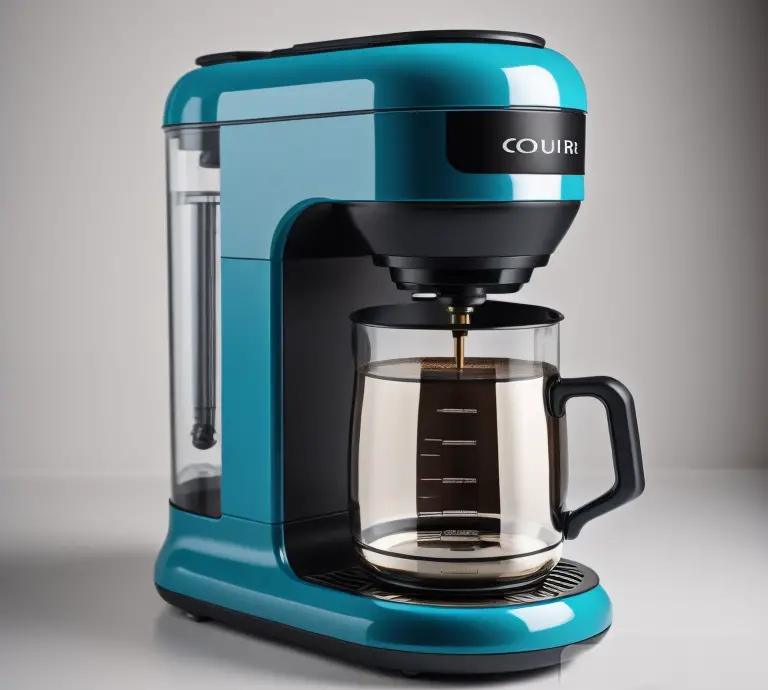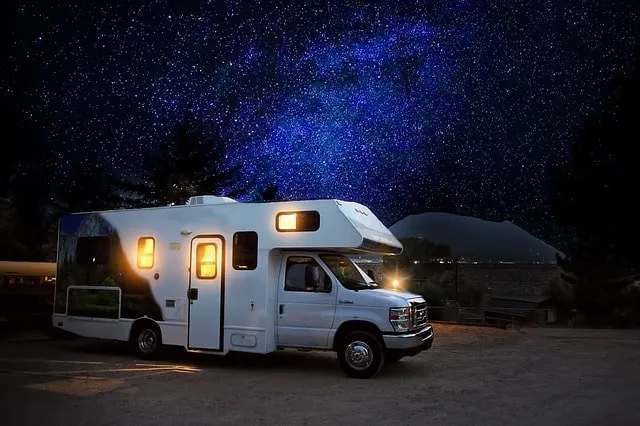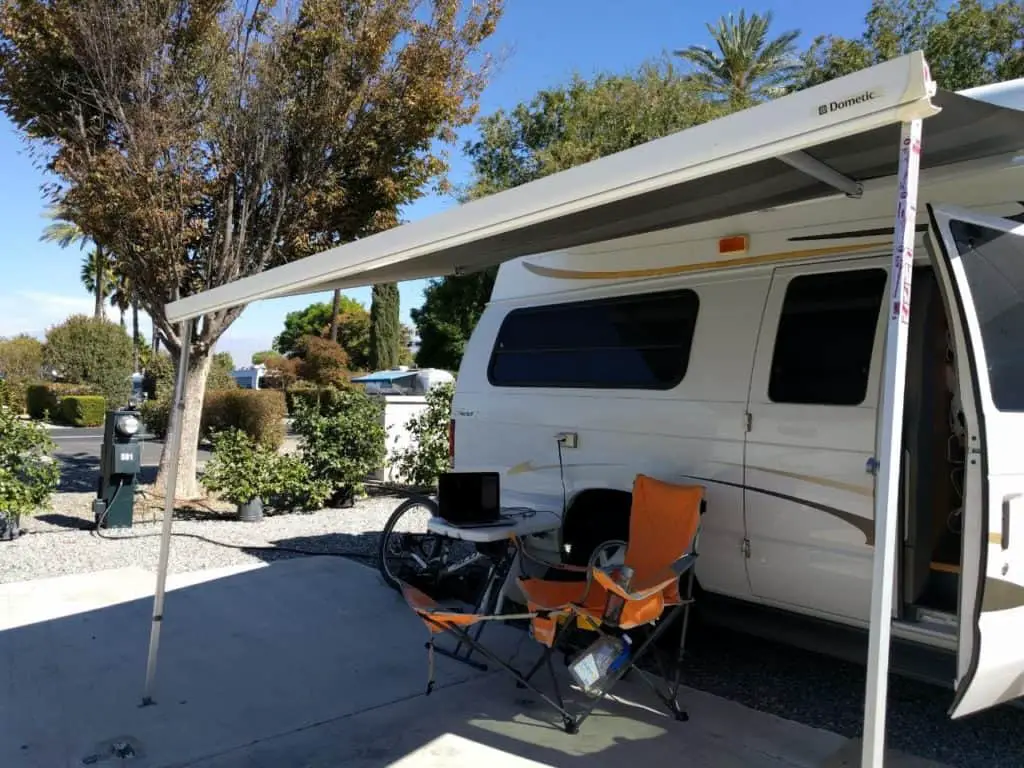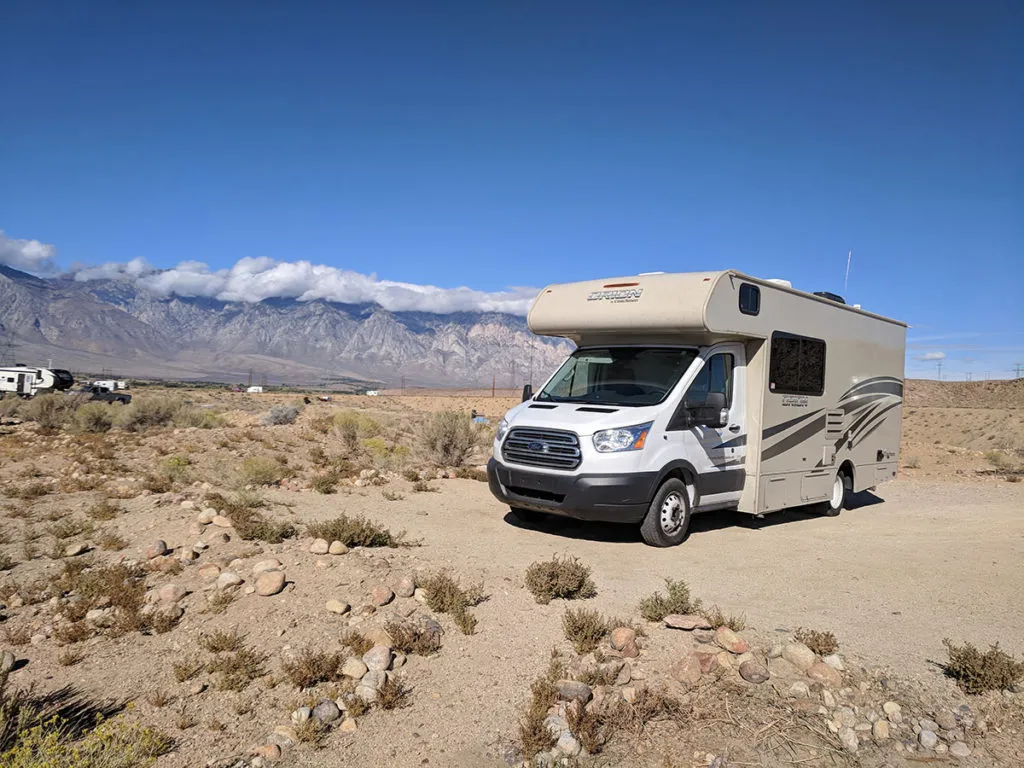Last Updated on July 5, 2023
When you in an RV, you know that there are multiple ways that moisture can be trapped in the vehicle. For example, whenever you boil water, this vapor is released into the air. If you don’t have any windows open, it will build-up inside the RV. This can lead to some potential health hazards. Thankfully, you can use a dehumidifier to remove water vapor from the air, protecting you and your family.
Dangers Of High Humidity
One of the most noticeable effects of high humidity is increasing the perceived temperature. This will make it harder for your sweat to evaporate, which warms you up even more. Because your body is unable to cool itself down, you might experience heatstroke or a decrease in your energy levels. Some other common symptoms might include heat stroke and muscle cramps. These effects are often more dangerous when they occur in the middle of summer.
Another potential problem could be the growth of mold, dust mites, and other airborne allergens. When these spores enter a high humidity environment, they can easily become established. If this happens, they can create breathing problems, especially for people with asthma. They have also been linked to several diseases and can be very dangerous if they accidentally get into your food.
[amazon bestseller =”small dehumidifier” items=”3″]
How Do Dehumidifiers Work?
One of the best ways to combat a high humidity environment and the dangers it can provide is using a dehumidifier. Though there are a few types of dehumidifiers on the market, the most common is the refrigerator model. In this case, the air gets sucked into the dehumidifier. Once inside, it enters a long, refrigerated coil. This cools the air. Any moisture in the air drips onto the coil and ends up in a tank beneath the machine. Occasionally, you will need to empty this tank when it gets too full. Once the air has passed through the coil, it gets extracted by a fan and pushed back into the room. To get the best results, it’s recommended that you run the dehumidifier frequently. This will make it easier for you to keep control of the humidity levels, preventing them from becoming too high.
How To Choose The Best Dehumidifier For Your RV?
There are many different models of dehumidifiers on the market, making it difficult to know what to look for when choosing a device. However, there are several factors to consider to make sure that you get the best RV dehumidifier. First, you should find a model that offers a humidistat. This will allow you to control the amount of moisture in the air. This will ensure that you can choose a comfortable level, usually around 30 to 40 percent. Because RVs usually have limited space, you should try to choose a compact model. Also, you should try to choose a model that operates quietly. Another essential element that you will need to consider is the size of the tank. This will often dictate how much moisture it can remove each day and how difficult it will be to maintain. In addition, in some RVs, the amount of electricity you have available will be limited. So, before you purchase a device, check the amount of electricity that it uses and how it gets this power. For example, does it run from a rechargeable battery or will you need to plug it in? Finally, try to find a model that uses air filters. These absorb airborne particles like mold spores, ensuring they don’t get released into the environment. Now that we know how to find the best RV dehumidifier, let’s look at how to use it correctly.
Using A Dehumidifier
To ensure that you get the best possible experience from your dehumidifier, there are a few things that you should do. First, you need to make sure that you give it plenty of time to cool down between uses. Once you turn off the device, it takes a little while to return to the right pressure. This can often take around ten minutes. By giving the dehumidifier some time to do this, you will ensure that the device doesn’t get damaged. In addition, you should be careful about where you place the dehumidifier. Try to keep it away from any walls and air intakes. Also, when it’s in use, make sure to close the windows thoroughly. This will limit the amount of air that you need to dehumidify, preventing the machine from overworking itself.
There are also some simple maintenance activities that you can perform to extend the lifespan of the device. First, you should empty the tanks and change the filters regularly. You should be able to purchase replacement filters from the manufacturer. In addition, you might need to clean the air intake valves and exhaust grilles. When these get dirty, it can make it harder for the dehumidifier to work, which can sometimes cause it to overheat. Thankfully, you should be able to use a brush to clean this. Finally, you should check for ice build-up if you have a refrigerator coil device. To do this, turn off the device, and access the internal coils. If there is an ice-build up on the coils, the manual will contain information on how to rectify this situation.
Conclusion
In tight spaces, like RVs, it becomes easy for humidity to build-up. This can make the environment feel hot and can cause you to develop heatstroke. It can also make it easier for airborne diseases like mold spores to become established. Thankfully, you can use a dehumidifier to protect your family from this. We looked at how you can make sure to choose the best dehumidifier to use in your RV and how you can take care of it. So, purchase and install a dehumidifier before your next RV camping trip.









